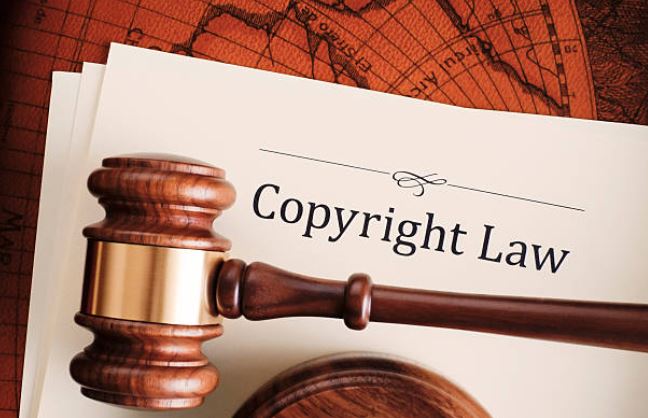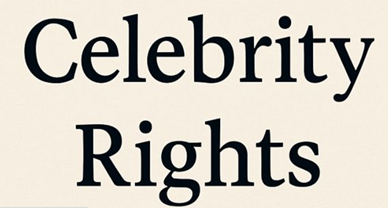The Relevance Of Idea-Expression Dichotomy Under Copyright Law In The Context Of Computer Programs
INTRODUCTION
Under the Copyright laws, the dichotomy between idea and expressions exists, such that safeguard has been given to expressions under Copyright, but the same is not available for ideas. The Court in several cases have held that it is not the creator’s idea but the expression of that idea which is copyrightable. As such the distinction between these terminologies is fused with difficulties. This short Article incorporates the dichotomy that persists in the copyright law between idea and the expression along with its applicability in the domain of computer programs. This article also entails the legal position of this dichotomy with the help of relevant case laws in the Indian context.

I. Distinguishing Idea & Expression Within The Realm Of Copyright
The Copyright Act of India, 1957 under section 13 enlists the works which are governed by this provision which includes original dramatic, artistic, literary, musical, films and sound recordings. A pertinent issue which arises is what is being protected under the copyright. Copyright grants protection of a creator’s works. It is extended to the form of expression rather than the idea itself. This is done so that the creativity and germination of new ideas are not halted. Since no specific provision lays down any distinction with regard to this idea and expression dichotomy, the precedents of the case laws are referred to. In the Indian context, the landmark case of R.G Anand v. Deluxe Film , laid down a seven-pointer test to mark the distinction in between expression and idea. The plaintiff in this case claimed infringement of his screenplay by the directors of a movie. The Court held that it was not infringement as the idea behind both the plaintiff and defendant’s works were similar, but the method in which each of them portrayed it was different, hence that was not a copyright infringement. In another case of Mansoob Haider v. Yashraj Films , the High Court of Bombay reiterated that ideas are not covered under Copyrights. Further, in another case, the High Court of Madras held that where two works appears to be objectively similar, it would constitute an infringement of the copyright. However, certain exceptions also exists which include the Mergers doctrine, in which the copyright laws would not apply as the distinction in between expression and idea becomes difficult due to the intrinsic linkages between them. While the other exception being the Faire doctrine, which states that the presence of elements which are significant to a particular genre and hence would be beyond the scope of copyrights.
II. Traversing The Idea-Expression Dichotomy In The Arena Of Computer Programs
Besides, this dichotomy of idea and expression also persists in the domain of Computer Programs. Reference can be drawn from the case of Whelan Association Inc v. Jaslow Dental Laboratory , which was one of the initial cases wherein the Court attempted to shed light in this existing dichotomy. It was upheld in this case that the copying of the sequence and structure by the defendant amounted to copyright infringement. As such, the Court opined that non-literal element of the computer programs being in the nature of literary work should be accorded within the ambit of copyright. Also, in Computer Associates International v. Altai case, the decision given by the Court is considered significant with regard to the computer programs. The Court in this matter first delved into the method of the programmer when a computer program is being designed and held that computer programs would be subjected to protection under copyright as long as it includes the programmer’s authorship for the expression of the creativity and not the ideas. The Court elaborated that if copyright covers the non-literal elements of a particular literary work, then those of the computer program would also be entitled to protection. Further, in Google LLC v. Oracle America, Inc . case, issues were raised before the Court if the software interfaces would be covered under the copyright laws and whether fair use was allowed. With a 6:2 majority, the Court held that even if the software interfaces were presumed to be falling within the protection of copyright, the limited copying done by Google of the Java application amounted to fair use since the copyright laws also enable scope for development of the useful arts and science.
Conclusion
An idea, as well as expression, forms a crucial part of the Copyright law. To draw a sufficient distinction between these two aspects is very significant. A very thin line separates these ideas and expressions, which makes it complex to resolve, although the Courts, by way of several decisions, have attempted to answer this distinction. Several tests and principles are laid down to remove the uncertainties that exist in this situation. This project analyses the dichotomy with a focus on the computer programs along with inclusion of literature reviews and prominent case laws.
Author: SOURAVI DAS, in case of any queries please contact/write back to us at support@ipandlegalfilings.com or IP & Legal Filing.


